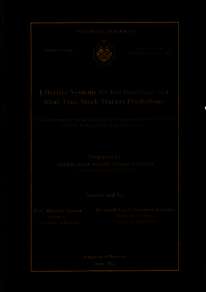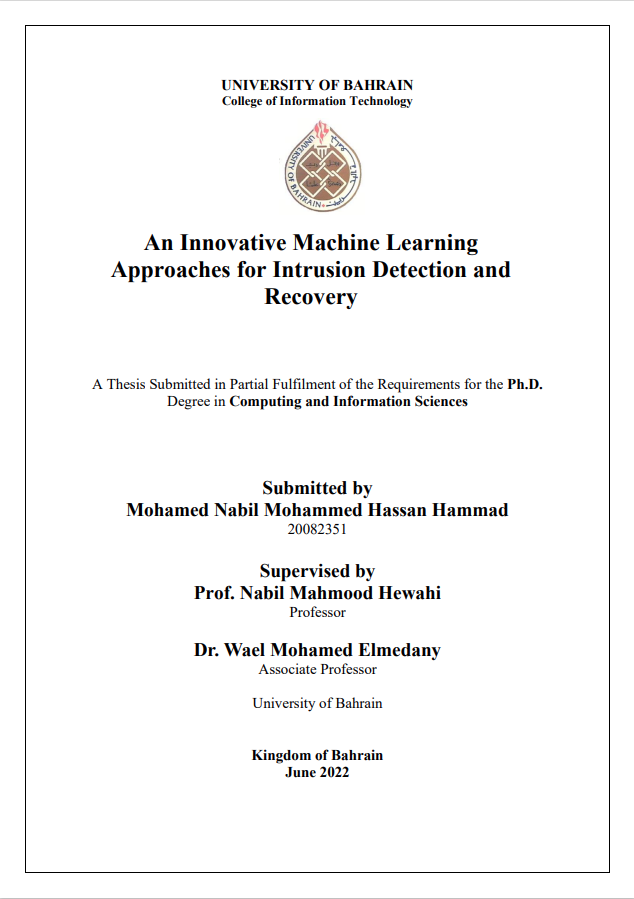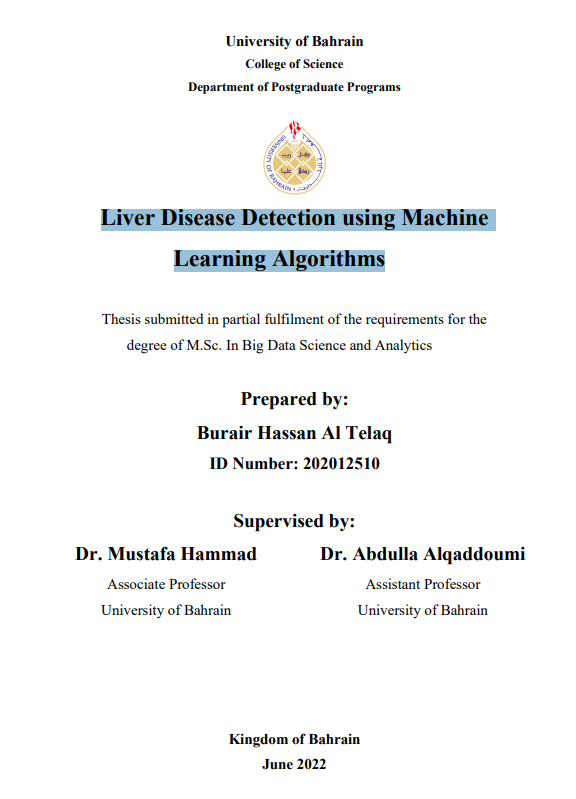Document
Short-term Forecasting for Photovoltaic Power Output Using Machine Learning Algorithms
Linked Agent
Al-Ammal, Hesham , Thesis advisor
Date Issued
2022
Language
English
Extent
[1], 8, 82, 18 [1] pages
Place of institution
Sakhir, Bahrain
Thesis Type
Thesis (Master)
Institution
"""University of Bahrain, College of Science, Department of Postgraduate Programs
English Abstract
Abstract:
As the demand for energy rises significantly in all countries,
Photovoltaic power generation has thus increased significantly in
popularity and demand as it offers clean and accessible energy.
Nonetheless, the challenge of solar power is in its instability as it depends
significantly on weather variables. Thus, forecasting day-ahead PV power
generation is essential for smart grid systems scheduling and operation and
solar energy providers. This thesis aims to establish the relationship
between the meteorological variables that mostly affect solar power
generation in the kingdom of Bahrain. Secondly, investigating other ML
models that have not been deployed in past literature to forecast the PV
power output, which are GRU, Bi-LSTM, and Bi-GRU. In this thesis, the
Speannan Corelation Coefficient was used to discover the strength of 15
meteorological attributes with the PV power output, which were seven
variables. Using a simple vanilla structure and a hybrid structure containing
one layer of CNN, the models were tested and compared against the LSTM.
To fiuther test the model's ability to accurately predict on less historical
data, the five-month dataset was split into three and two months that
capture the winter and summer seasons, respectively. The tests were run
using data collected from the renewable energy lab at UoB. After analyzing
the results, it was concluded that LSTM gave the worst performance across
all datasets using both structures, the simple and hybrid. The hybrid form
enhanced the performance most significantly in the LSTM than the other
models, nonetheless still producing the highest RMSE and MAE. The
CNN-GRU and CNN-Bi-LSTM gave low RMSE and MAE when trained
on the summer data in contrast to CNN-Bi-GRU, which worsened
radically, proving robust to provide reliable and accurate predictions on
less historical data. Although overall results were comparable between
GRU, Bi-LSTM, and Bi-GRU, both in hybrid and vanilla structures, the
best model that gave the highest accuracy for the five-month dataset was
CNN-Bi-GRU with RMSE 20.74 and MAE 9.64. As for summer and
winter data, the CNN-Bi-LSTM gave the best performance for both, with
RMSE of 8.17, 21.72, and MAE of 4.23 and 10.32, respectively.
Keywords: Photovoltaic Power Output, Renewable Energy, Solar Power Generation,
Machine Leaming Algorithms, Time Series Forecast, GRU, Bi-GRU, Bi-LSTM,
LSTM
Member of
Identifier
https://digitalrepository.uob.edu.bh/id/27261b00-ac89-48a5-8e5b-10ce52b4d371
Same Subject



